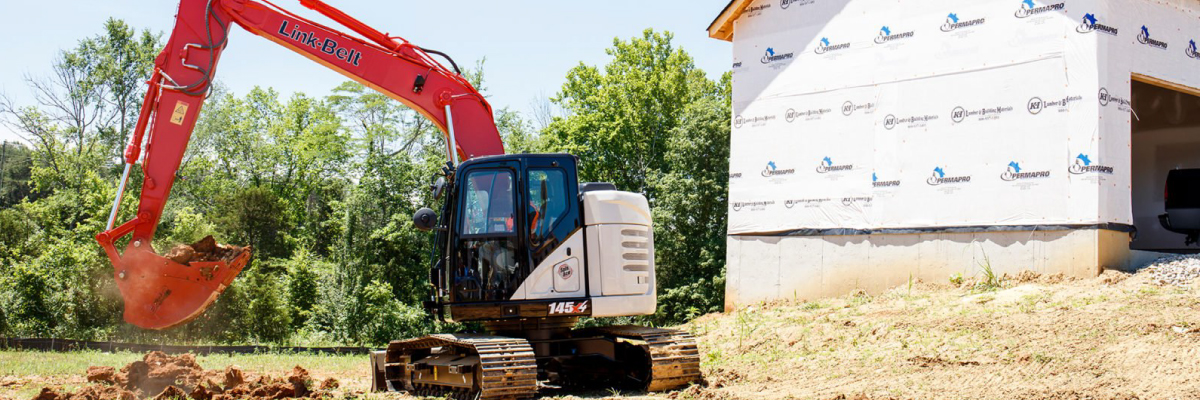Best Practices for
Fleet Management Strategies
Properly managing equipment is crucial to maintain your return on investment. A general guideline to follow is replace equipment once maintenances costs exceed 30% of the machine's resale value. Below are strategies to help keep your fleet productive for as long as possible.
Proactive maintenance
Enroll equipment into preventive maintenance contracts to ensure routine maintenance is documented and conducted at suggested intervals. Proactive maintenance keeps operational costs stable and reduces downtime and associated repair expenses by identifying minor issues before they become major problems.
The 80-20 Rule
80% of maintenance costs are spent on 20% of machine problems. Identify common or repeat problems and take corrective action to resolve those issues that deplete the operating budget and cause unnecessary and costly downtime.
Use machine monitoring tools
New technology has developed tools that more accurately monitor equipment, collect data, and convert raw data into actionable information. Software is available to help fleet managers determine a machine's resale value, calculate ownership and operating costs, and estimate repairs, parts and labor expenses.
Conduct routine fluid analysis
Analyzing fluids and comparing contaminant levels to normal wear rates helps identify potential problems with components before major failures. Routine fluid analysis is a proactive measure to avoid unnecessary downtime and costly repairs.
Keep good records
Comprehensive and exact records help managers predict machine productivity and operational costs, such as working hours, fuel consumption, maintenance expenses, and more. Sound information breeds sound decisions when choosing to replace or repair equipment. Maintain a vehicle history file jacket for every machine and document all maintenance and repair work.
Watch your age
The average total cost of owning and operating equipment follows a parabolic slope. Total cost decreases during the early years of machine ownership as capital costs are spread over a longer period of time. However, operating costs increase during the same timeframe, eventually leading to an increase in average total cost. The point at which the sum of ownership costs and operating costs reaches its minimum is the ideal age for operating equipment efficiently. It is crucial to stabilize fleet average age around this point in order to keep total cost of ownership down
.Rebuild vs Replace
When deciding between rebuilding and replacing a piece of equipment, use this simple formula to compare costs:
Cost to rebuild (new equipment price x .5)/equipment life (estimated hours x .75) = cost per hour
For example, a new piece of equipment that is $140,000 with an estimated life of 10,000 hours would cost $14 per hour to operate. To compare, calculate the cost to rebuild.
($140,000)(.5)/(10.000)(.75) = $9.33 per hour
If the cost to rebuild is $70,000 for an estimated equipment life of 7,500 hours, at $9.33 per hour, it is more cost effective to rebuild than to replace.

